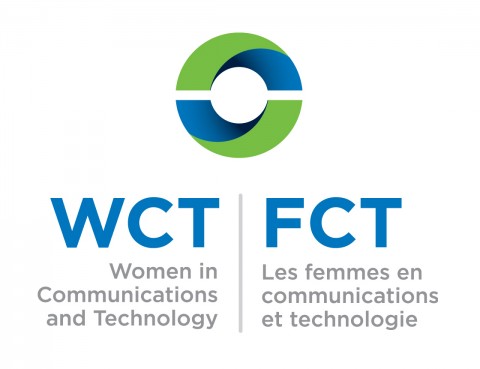
TORONTO – With statistics continuing to be dismal regarding the number of women in senior management positions in Canadian businesses, Women in Communications and Technology (WCT) is hoping its Protégé Project will give a well-needed career boost to executive-minded women in the communications, media and technology industries.
WCT announced Wednesday it has begun to accept applications for the Protégé Project, which was created in partnership with Shaw Communications and non-profit organization Catalyst Canada. The idea of the Protégé Project is to match senior women executives with C-level executives who will act as sponsors, providing networking opportunities to help the women achieve the highest level positions within the communications and technology fields.
While WCT has long provided mentorship programs, the sponsorship approach of the Protégé Project is something new, said Joanne Stanley, executive director of Ottawa-based WCT.
“It’s not a coaching relationship, as one would normally think about mentorship. It’s actually being a champion, putting your protégé’s name forward, wherever possible, to break down the barriers and to help them to move into the C-suite,” Stanley said during an interview with Cartt.ca.
To date, WCT has 14 sponsors signed up from not only the media, communications and technology industries, but also the financial sector, public relations and marketing. Stanley called the cross-company, cross-sector nature of the Protégé Project innovative and said she is unaware of any other similar sponsorship programs.
“Most, if not all, sponsorship programs are within a company. So a senior executive is appointed or becomes a champion for an up-and-coming rising star in their company. To be a champion for a woman in another company, in another sector even, is unusual. In fact, to our knowledge, we haven’t found any other program,” she said.
Calling the Protégé Project “a game changer”, Janice McDonald, chair of WCT’s national board of directors, explained further the difference between mentorship and sponsorship, saying the sponsors will take an active role in promoting the protégés and helping them to move forward in their career. “It’s more of an alliance where the sponsor will say, ‘I’m here to open doors. I’m here to really put the weight of my experience and network behind the relationship,’ and commit essentially to helping their protégé move forward in a much more meaningful and robust way,” she said.
Namir Anani, president and CEO of the Information and Communications Technology Council in Ottawa, is one of the sponsors who has committed to the Protégé Project and told Cartt.ca he sees his sponsorship role as being an “ambassador” who will potentially advocate for the protégé he will be matched up with.
“If I see an opportunity that’s taking place in one of the industries… then I will be making that connection, making the phone call, and potentially trying to see if there’s a placement for them,” Anani said.
"We need to remind people that the work isn’t done… So I think this project is hopefully something that can help push us into that next layer.” – Barb Williams, Shaw Media
He added that one of his primary motivations for being a sponsor is he believes there is an economic benefit that results from the promotion of women to senior leadership positions. “As a country, we could benefit tremendously. Apart from the inclusion dimension, there is an important economic dimension, because women in leadership positions will help explore different facets of business opportunities that are important to put on the agenda,” Anani said.
Barbara Williams, president of Shaw Media, said she is “enormously proud that Shaw is stepping up as a partner” in the Protégé Project. (Jim Little, chief marketing officer for Shaw Communications, is another of the 14 C-level executives who have signed up to be sponsors.)
However, Williams said, despite the fact that a business case has been made in recent years for promoting women to senior management jobs, the reality is very few women currently hold C-level executive positions in Canada. According to statistics provided by WCT, less than 30% of senior management positions in the communications, media and technology industries in Canada are held by women. Women account for only 23.5% of board positions in the same industries.
Furthermore, women top-level executives are scarce across all industries, with less than 5% of the CEO positions in Fortune 1000 companies being held by women.
“There was the Financial Post Magazine that just came out with the Top 100 CEOs (in Canada), and only three of them are women,” Williams added.
Although progress has been made, given the rising numbers of women graduating from university with science- or technology-related degrees and also the improving equity levels within middle management positions in Canadian companies, unfortunately these statistics have not translated into an increase in women in C-level executive jobs, said Williams (right) .
.
“For some reason, the stats all started falling off once you got up into the senior levels. And I think we need to remind people that the work isn’t done… So I think this project is hopefully something that can help push us into that next layer.”
The application deadline for the Protégé Project is December 15. For more information about the program and how to apply, visit www.wct-fct.com.



